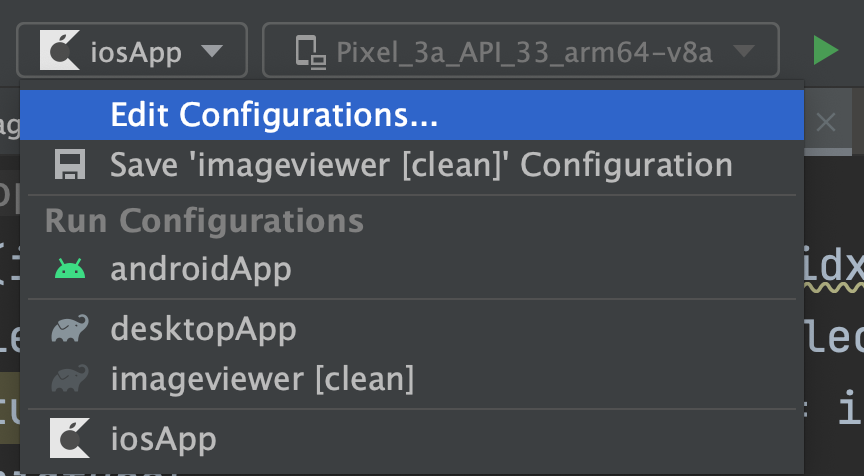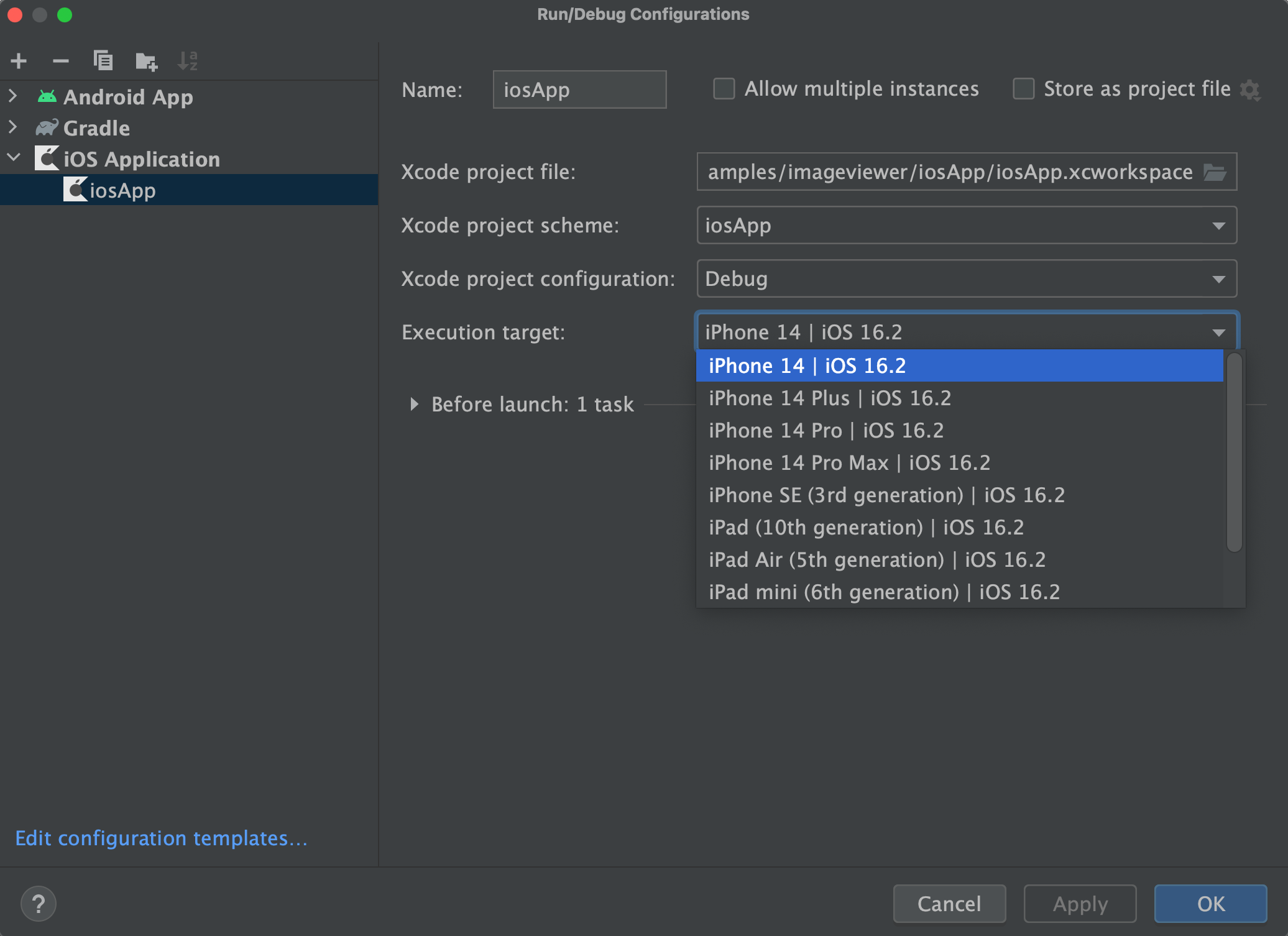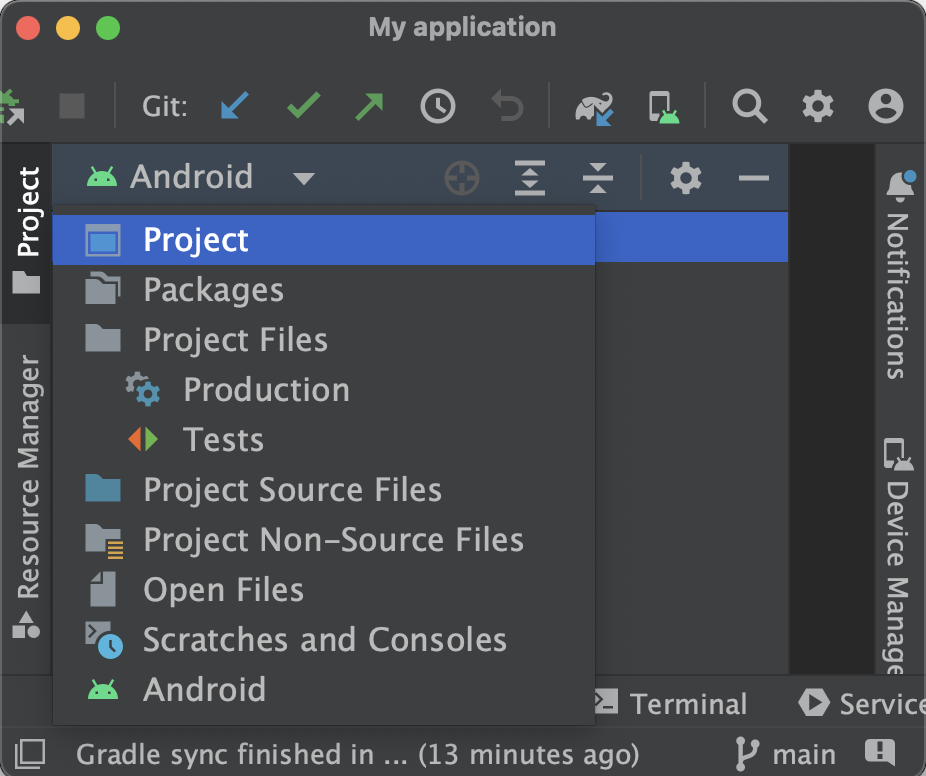Wingman
Wingman utilizing Jetpack Compose Multiplatform for iOS and Android, Using Tinder & OpenAI APIs to AI-power conversation starters, helping you break the ice and engage with potential matches effortlessly. Enhance your dating experience with Wingman!
Follow our steps below to get the app up and running.
Set up the environment
Warning You need a Mac with macOS to write and run iOS-specific code on simulated or real devices. This is an Apple requirement.
To work with Wingman, you need the following:
- A machine running a recent version of macOS
- Xcode
- Android Studio
- Kotlin Multiplatform Mobile plugin
- CocoaPods dependency manager
Check your environment
Before you start, use the KDoctor tool to ensure that your development environment is configured correctly:
-
Install KDoctor with Homebrew:
brew install kdoctor -
Run KDoctor in your terminal:
kdoctorIf everything is set up correctly, you'll see a valid output:
Environment diagnose (to see all details, use -v option): [✓] Operation System [✓] Java [✓] Android Studio [✓] Xcode [✓] Cocoapods Conclusion: ✓ Your system is ready for Kotlin Multiplatform Mobile Development!Otherwise, KDoctor will highlight which parts of your setup still need configuration and suggest how to fix them.
Examine the project structure
Open the project in Android Studio and switch the view from Android to Project to see all the files and targets belonging to the project:
Your Compose Multiplatform project includes three modules:
shared
This is a Kotlin module that contains the logic common for both Android and iOS
androidApp
This is a Kotlin module that builds into an Android application.
iosApp
This is an Xcode project that builds into an iOS application.
Run your application
On Android
To run your application on an Android emulator:
- Ensure you have an Android virtual device available. Otherwise, create one.
- In the list of run configurations, select
androidApp. - Choose your virtual device and click Run:
On iOS
Running on a simulator
To run your application on an iOS simulator in Android Studio, modify the iosApp run configuration:
-
In the list of run configurations, select Edit Configurations:

-
Navigate to iOS Application | iosApp.
-
In the Execution target list, select your target device. Click OK:

-
The
iosApprun configuration is now available. Click Run next to your virtual device:
Running on a real ios device
run your Compose Multiplatform application on a real iOS device To do so, you'll need the following:
TEAM_IDassociated with your Apple ID- The iOS device registered in Xcode
Finding your Team ID
In the terminal, run kdoctor --team-ids to find your Team ID.
KDoctor will list all Team IDs currently configured on your system, for example:
3ABC246XYZ (Max Sample)
ZABCW6SXYZ (SampleTech Inc.)
Alternative way of finding your Team ID
If KDoctor doesn't work for you, try this alternative method:
-
In Android Studio, run the
iosAppconfiguration with the selected real device. The build should fail. -
Go to Xcode and select Open a project or file.
-
Navigate to the
iosApp/iosApp.xcworkspacefile of your project. -
In the left menu, select
iosApp. -
Navigate to Signing & Capabilities.
-
In the Team list, select your personal team.
If you haven't set up your team yet, use the Add account option and follow the steps.
To run the application, set the TEAM_ID:
- In the project, navigate to the
iosApp/Configuration/Config.xcconfigfile. - Set your
TEAM_ID. - Re-open the project in Android Studio. It should show the registered iOS device in the
iosApprun configuration.
How to configure the iOS application
To get a better understanding of this project's setup and learn how to configure the basic properties of iOS app without Xcode,
open the iosApp/Configuration/Config.xcconfig file in Android Studio. The configuration file contains:
APP_NAME, a target executable and an application bundle nameBUNDLE_IDthat uniquely identifies the app throughout the systemTEAM_ID, a unique identifier generated by Apple that's assigned to your team
To configure the APP_NAME option, open Config.xcconfig in any text editor before opening the project in Android Studio and set the desired name.
If you need to change this option after you open the project in Android Studio, do the following:
- Close the project in Android Studio.
- Run
./cleanup.shin your terminal. - Change the setting.
- Open the project in Android Studio again.
To configure advanced settings, use Xcode. After opening the project in Android Studio,
go to Xcode and open the iosApp/iosApp.xcworkspace file, and make changes.
